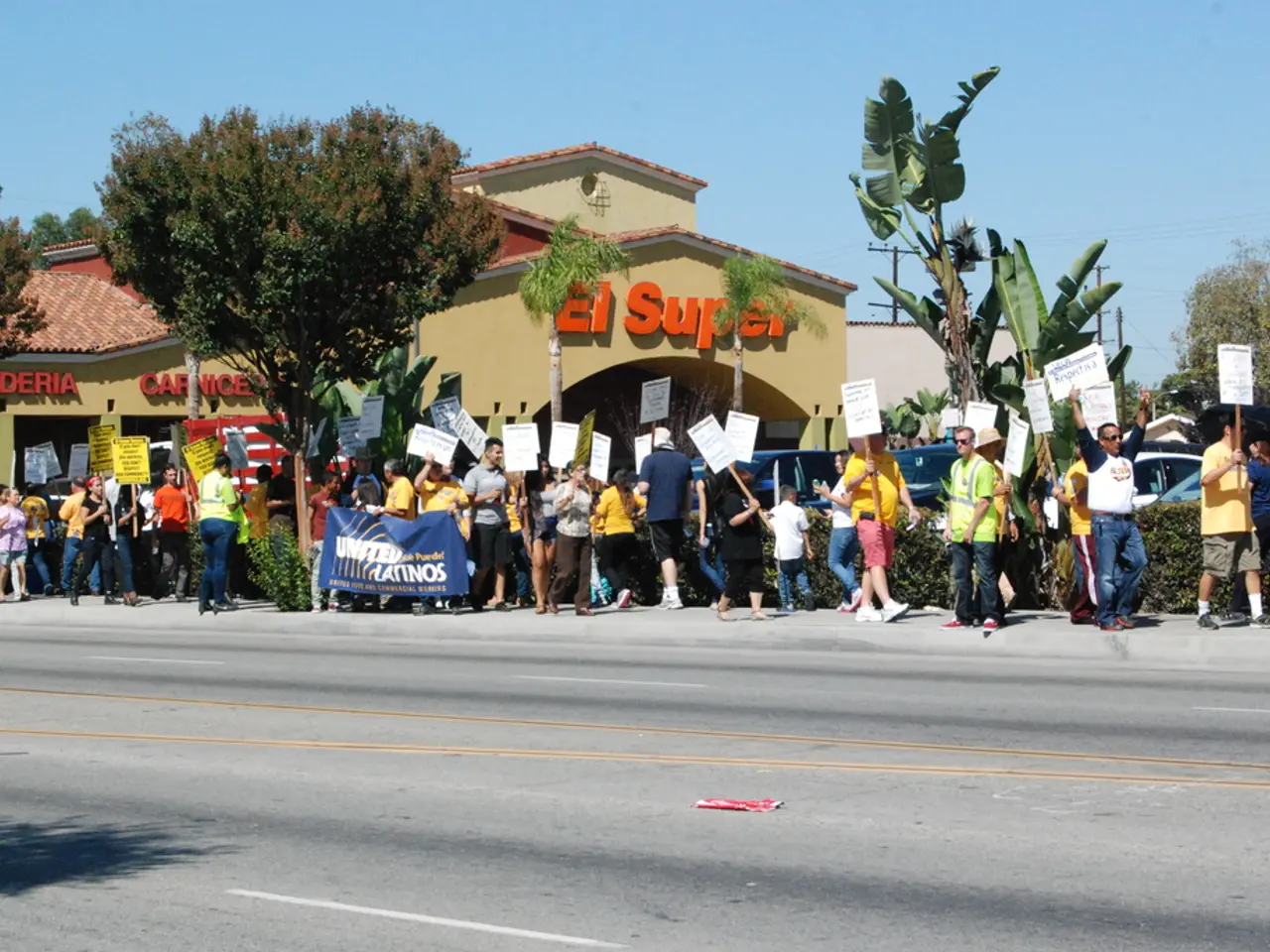Campaign Profiles - Green Party Election 2015
The Green Party, a political force championing environmentalism, social justice, and democratic participation, has traversed a significant journey since its inception in the early 1970s. The movement's roots can be traced back to the UK, where the PEOPLE Party was formed in 1972, marking the precursors to the British Green Party. Across the Atlantic, the Green Party in the United States emerged more formally in 1985, with a decentralized network of local groups known as the Committees of Correspondence.
In the UK, the Green Party evolved from the PEOPLE Party in 1975, before changing its name to The Ecology Party in 1975 and finally to the Green Party in 1985. Notably, the British Greens rejected traditional political structures, only establishing a formal leadership position as late as 2007, reflecting their grassroots and non-hierarchical origins. However, their internal dynamics remain vibrant as they have recently experienced electoral successes but face debates on the party's future direction.
In the United States, the Green Party movement began with the Committees of Correspondence, which by 1990 had adopted bylaws, a national platform, and a formal governance framework, operating first as the Green Committees of Correspondence, then simply as The Greens. During these formative years, the party experienced internal ideological struggles over whether to engage fully in electoral politics or remain an "anti-party" movement. These factions compromised in 1990 at the Green National Congress, forming the Greens/Green Party USA (G/GPUSA), recognized as a national party by the Federal Election Commission in 1991.
The Association of State Green Parties (ASGP) emerged in 1996 as a separate coalition of state-level green parties, increasingly distancing itself from the older G/GPUSA organization. In 2001, ASGP formally became the Green Party of the United States (GPUS), which soon established itself as the primary national green party in the country, eclipsing G/GPUSA. The party gained widespread attention in the 2000 presidential election, when Ralph Nader and Winona LaDuke garnered 2.7% of the popular vote, sparking debates about third-party impacts on election outcomes.
Key policy focuses of the Green Party, particularly in the US, include environmentalism and ecological sustainability, with a historic commitment to a Green New Deal promoting 100% clean, renewable energy sources like solar power. The party also emphasises social justice and anti-racism, participatory democracy as a means to empower grassroots involvement, nonviolence and anti-war stances, and the rejection of the dominant campaign finance system.
Globally, Green parties have evolved from radical social activism roots, notably the 1960s student movements and 1970s-80s antinuclear protests, to become significant political actors, especially in Europe. They face internal debates over energy policies like nuclear power and questions around cooperation with other political forces. The movement’s growth is largely propelled by the increasing salience of climate change among voters, driving green parties to play a more influential role worldwide, including holding government positions in countries such as Germany.
In summary, the Green Party's evolution reflects a balance between grassroots activism and electoral engagement, with policies centering on ecological sustainability, social equity, and democratic participation. The party has adapted over decades from local organizing to credible political influence on the national and international stage. Notable figures in the Green Party's history include Natalie Bennett, who served as the Leader of the Green Party in the UK from 2012 to 2016, and Caroline Lucas, who became the first elected leader of the Green Party in 2008 and gained the party's first ever seat in the House of Commons as MP for Brighton Pavilion.
The Green Party in the UK, rooted in the PEOPLE Party, evolved and transformed into the Green Party in 1985, straying from traditional political structures and prioritizing grassroots participation. In the United States, the Green Party's formation began with the Committees of Correspondence in 1985, later adopting a formal governance framework and engaging in debates over electoral politics versus remaining an "anti-party" movement.
The Green Party's policy-and-legislation focuses notably include environmentalism and ecological sustainability, social justice, anti-racism, participatory democracy, nonviolence, anti-war stances, and rejection of the dominant campaign finance system, all reflecting the urgency and importance of these issues in politics and general-news.







